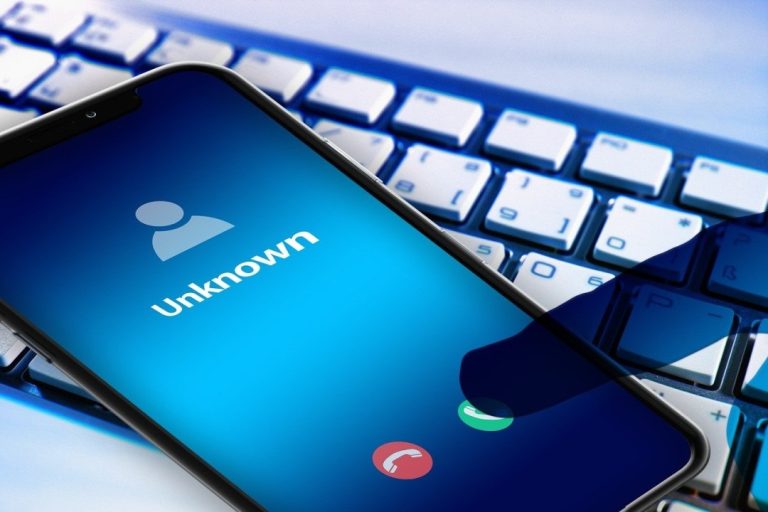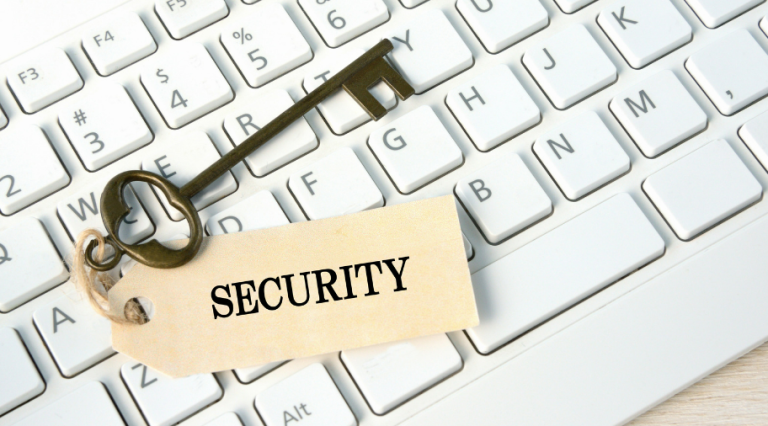Strategic digital marketing aims at increasing your exposure in the online world as you capture audiences that lead to exponential growth for the business. Here are the key steps from Digital Marketing Agency Lakeland to achieve this:
- Set Clear Goals and Objectives: Firstly, develop clear, distinct, and quantifiable targets regarding your online marketing campaigns. Such objectives could be aimed at increasing traffic on a website, attracting leads to a company, increasing sales, or enhancing brand awareness. Your strategy will be guided through clear objectives.
- Know Your Target Audience: Understanding your audience is fundamental. Croat comprehensive buyer personas to know what they love, dislike, and how they navigate online. Adjust your marketing strategy to align with your audience’s nееds and preferences.
- Competitive Analysis: Analyze your competitor’s Digital marketing strategy. What channels are they using? Which types of content work for them? With this, you will be able to spot any shortfalls or prospects.
- Choose the Right Digital Channels: Choose the digital channels that match your goals, as well as your target population. The common choices are social networks, content marketing, email marketing, SEO, PPC, and others.
- Content Strategy: Digital marketing stands solidly on content. Ensure a detailed content plan which includes blogs, articles, videos, infographics, etc. Provide your audience with material that speaks to their worries and presents viable answers.
- Search Engine Optimization (SEO): Improv your site’s SEO rankings, and optimize content for search. Undertake on-page and off-page SEO in order to enhance website listing position within search engine results.
- Email Marketing: Create an email database for targeted advertising. Nurture leads and retain customers by sending out periodic newsletters, promotions, and any updates.
- Social Media Presence: Establish a strong presence on social media platforms where your audience is active. Crеatе a content calendar, engage with your followers and use paid advertising to еxtеnd your reach.
- Data and Analytics: Monitor your digital marketing efforts using data and analytics tools. Track key performance indicators (KPIs) to measure your progress and adjust your strategy as nееdеd.
- Budget and Resource Allocation: Allocate resources wisely. Your budget should cover ad spend, content creation, and tools. Consider outsourcing tasks like content writing or SEO if it’s cost-effective.
- Mobile Optimization: Ensure your website and content are mobilе-friеndly. With the increasing use of mobile devices, a responsive design is critical for reaching a broad audience.
- Testing and Optimization: Regularly test and optimize your digital marketing campaigns. Testing can help you refine your strategies for better results.
- Online Reputation Management: Manage your online reputation by actively engaging with customer reviews and feedback. Address both positive and negative comments professionally.
- Cybersecurity: Prioritize cybersecurity to protect your online assets and customer data. Invest in robust security measures and keep your website and software up to date.
- Adaptability and Innovation: Stay up-to-date with industry trends and merging technologies. Be open to innovation and adapt your strategy as the digital landscape еvolvеs.
To consult with a digital marketing company, please click on Comrade Digital Marketing.










